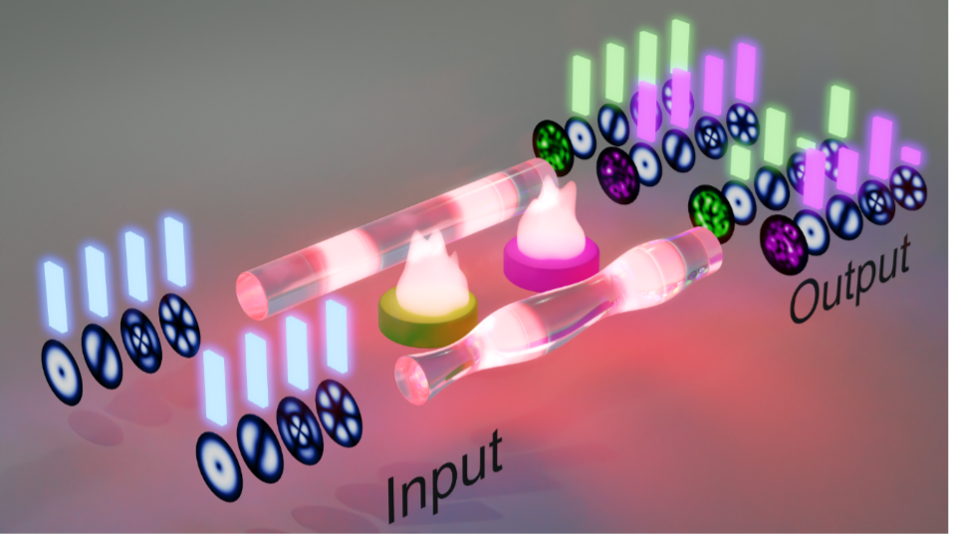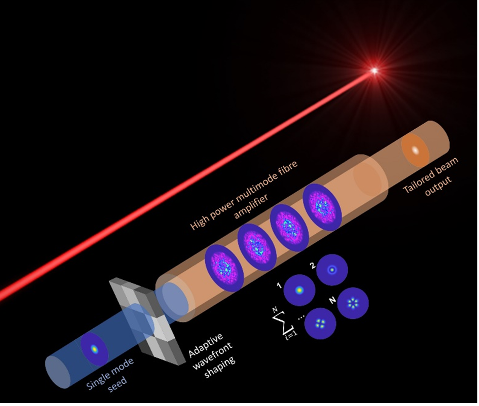Dr. Stephen Warren-Smith
Deep Sensing: Next generation optical fibre sensors powered by machine learning
Dr. Linh Nguyen
Multimode fibre amplifiers
June 2, 2025
Start: 2:00 pm (each talk will be around 20min)
Auditorium at ACP
Contact person at Leibniz IPHT: Markus Schmidt

Stephen is a Senior Research Fellow and leader of the Intelligent Photonics Lab within the Future Industries Institute at the University of South Australia. His research focuses on creating fundamental developments in optical physics, data science, materials science, and fabrication and sensing technology, and apply them to critically needed challenges areas including biomedical applications, health care, and heavy industry. His latest efforts focus on intelligently exploiting the complexity of multimode photonics to create the next generation of sensors.
The propagation of coherent light in multimode optical fibers results in complex light patterns known as speckle. This effect has historically made understanding and controlling the light transport in these fibers extremely difficult, something which has only recently been solved for applications such as imaging. This complexity can also be a powerful tool for sensing environmental parameters, as small perturbations lead to significant changes in the output of the fiber. In this talk I will explain how deep learning can be utilized to extract the rich sensing information embedded within the multimode optical fiber output and highlight applications that can benefit from this approach. This includes multipoint high-temperature sensing using sapphire crystal fiber and motion sensing for healthcare applications.


Linh is a Research Fellow in the Intelligent Photonics Lab within the Future Industries Institute at the University of South Australia. His research interests span a wide range of topics on fibre-optic science and technology, targeting applications in health care, defence and industrial processes. Currently, Linh focuses on understanding and exploiting the light transport in multimode optical fibres as a new domain fibre sensing and power scaling in fibre lasers.
Fibre lasers are widely associated with high-power and high-quality output beams thanks to its single-mode characteristics. However, power scaling of single-mode fibre lasers has long been known to be limited by detrimental nonlinear effects such as stimulated Brillouin scattering and transverse mode instability, particularly for narrow linewidth fibre lasers. Using multimode fibre can help mitigate such nonlinear effects at the expense of a low-quality speckle output beam. In this talk, I will discuss our effort in turning the speckle beam into a high-quality output from a multimode fibre amplifier at the 2 µm wavelength region by controlling the input wavefront of the seed.

The lectures will be given in English.

